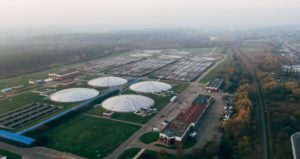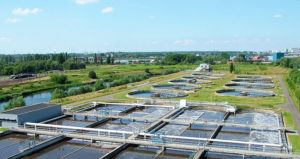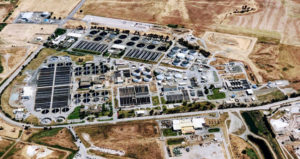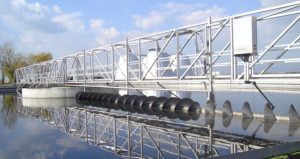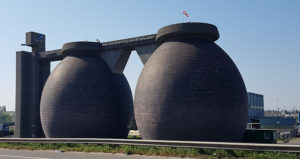Wastewater in South Europe contains more resistant bacteria than in North Europe
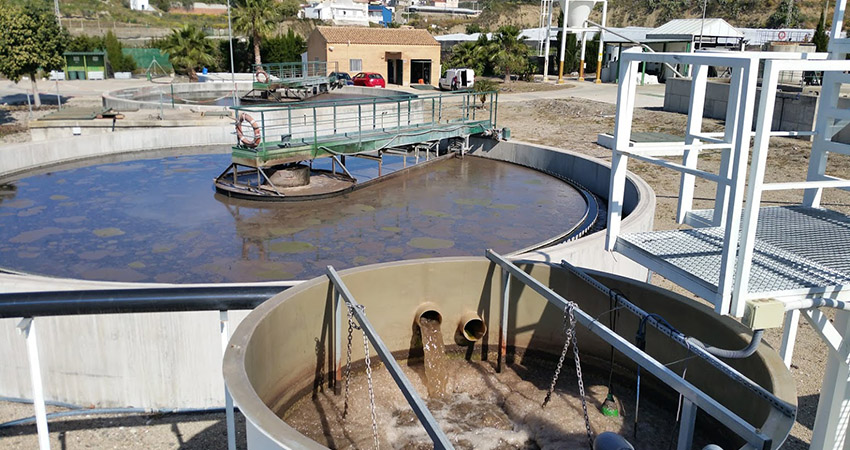
- 16 April 2019
-
Editorial Team
Share article:
Southern Europeans use more antibiotics and they tend to carry a higher number of antibiotic-resistant bacteria than people in northern Europe. According to a recent international study in seven European countries the use of antibiotics mirror concentrations of resistant bacteria in wastewater. Higher concentrations of resistant bacteria are found in wastewater treatment plants in Southern European countries.
The study was published at the end of March in Science Advances and was conducted in Portugal, Spain, Cyprus, Ireland, Finland, Norway and Germany. All of the countries investigated in the study had various antibiotic resistance genes in the wastewater entering their treatment plants. The number of resistance genes found in wastewater treatment plants (WWTP’s) was higher in Portugal, Spain, Cyprus and Ireland than in Finland, Norway and Germany.
Control measures
The study compared the influent and final effluent of twelve WWTPs. The researchers analyzed 229 resistance genes and 25 mobile genetic elements and concluded only modern waste water treatment plants seem to be able to eliminate antibiotic resistance efficiently. The trans-Europe surveillance showed that antibiotic use, environmental temperature and the size of the WWTP are important factors related with resistance persistence and spread in the environment. According to the researchers these results show regular surveillance and control measures should be fit for geographic regions.
Design of WWTP’s
Urban wastewater treatment plants have been recognized as one of the most important routes for propagation of antibiotic resistance from humans to the environment (fresh water, soil). The results not only reinforce the strong relationship between clinical and environmental antibiotic resistance but also signal the importance of taking societal and climate factors (e.g., temperature or precipitation) in design of possible strategies to control antibiotic resistance.
More research
According to the study the development of resistance may be influenced by a number of factors: the age and size of the treatment plant, the techniques used, the temperature of the wastewater, the amount of antibiotic residue in the water and the interaction between the bacteria and various types of protozoa found in the water. “In this study, 11 of the 12 wastewater treatment plants under investigation mitigated the resistance problem, which seems to indicate that modern plants work well in this regard,” says researcher Marko Virta of the University of Helsinki. “At the same time, an older plant or otherwise deficient purification process may end up increasing antibiotic resistance in the environment. We need more research findings from countries with high antibiotic consumption and less developed wastewater treatment practices.”

